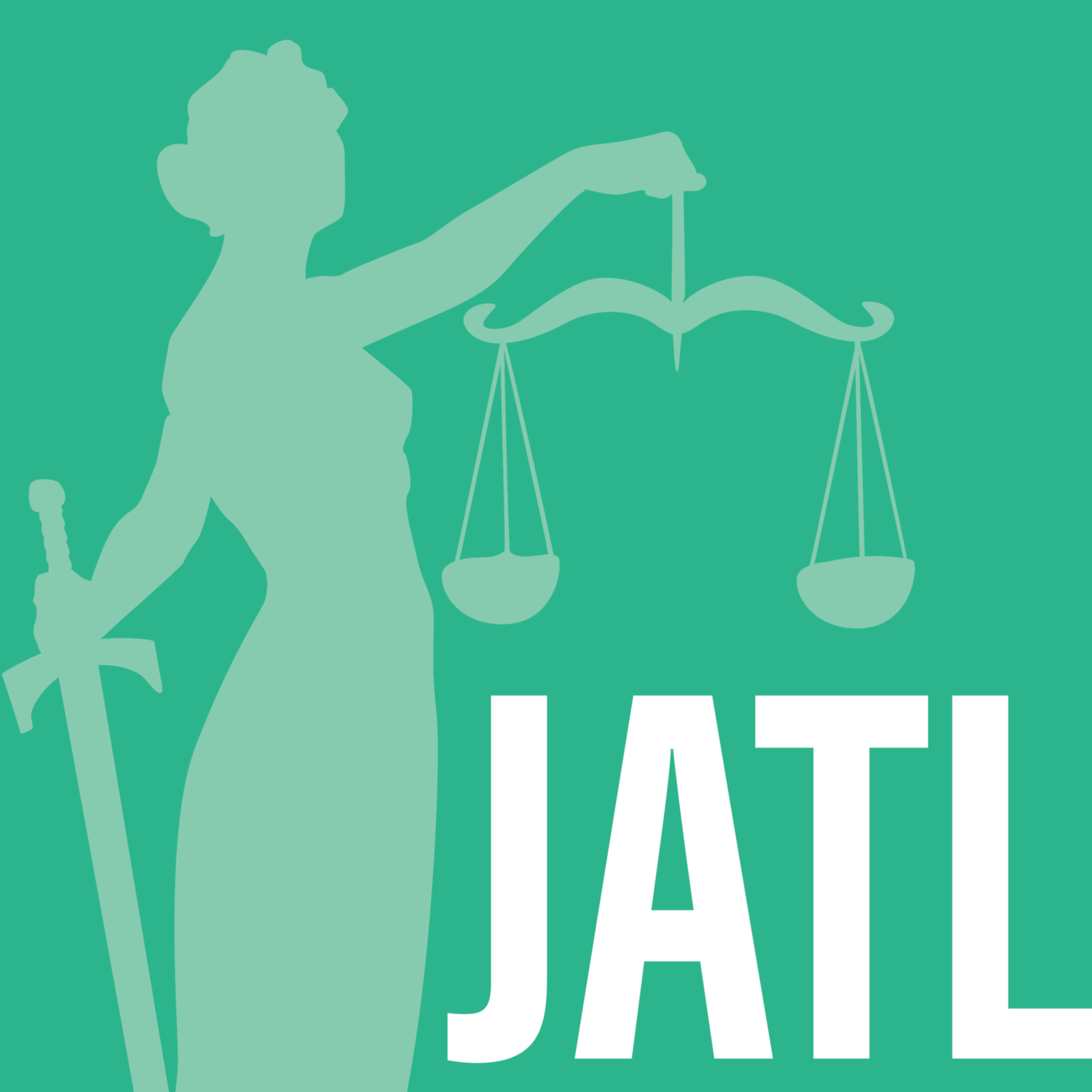Last year, the Editors of Pandora’s Box interviewed Mr Callaghan (Barrister-at-Law, BA LLB(Hons) Qld.) on aspects of the criminal justice legislation introduced by the then Queensland government.[1] The political and legal landscape in Queensland has changed significantly over the past eighteen months, and so Pandora’s Blog asked Mr Callaghan to update us on the present state of affairs.
PB: What aspects of the Newman Government legislative agenda were of concern to you, and have the recent changes in Queensland politics evidenced an accompanying change in criminal justice policy? What approach should be taken to any reforms, and what is the role of the legal profession in any ensuing debate?
PC: The Newman/Bleijie government enacted a radical legislative agenda that alarmed conservatives and progressives alike. One troubling aspect of this agenda was its disregard for the concept of judicial discretion.
Judicial discretion was attacked on different fronts by more than 20 pieces of legislation. Some were of no lasting consequence, such as provisions that applied during the G20. But much affected, and continues to affect, laws that are applied every day by Queensland Courts, particularly in the administration of criminal law.
Some statutes introduced mandatory sentences. Others created requirements as to how a sentence is to be served. Judicial officers were prevented from having regard to certain principles that might otherwise have been applicable to particular sentences. For reasons I cannot understand, some laws now forbid regard being had to an individual’s circumstances - which is the very reason we have judicial officers deciding cases in the first place.[2]
All this and more was introduced without anything in the way of evidence based research to support a need for it, was preceded by minimal or no consultation, and was processed by Parliament with indecent haste.
There were aspects of the program that I thought were cynical and even - such as in the selection of the acronym “VLAD” - childish. The case to be made for an Upper House could reasonably have been thought redundant; it took an onslaught of this kind to revive it.
As a result of all that, the incoming government faced a difficult task. I think they are trying to address the many issues that might have been canvassed had there been a proper debate in the first place, and to that end have ordered reviews that will no doubt be very helpful.
But to my mind there is no need for an Inquiry to recommend the restoration of judicial discretion. As a starting point, in many cases the only amendment that is required is the replacement of one word in statutes that say a judicial officer “must” do something. Change “must” to “may” , and that Act will not be nearly as offensive.
So as helpful as the commissioned reviews will be, I am concerned that their ambit does not seem to embrace examination of all of the offending legislation. It follows that there is a need for the legal profession to keep agitating for reform, and in particular for amendment to some of the legislation that does not enjoy the profile of laws such as the VLAD, but which continues to blight the administration of justice in this State on a daily basis.
PB: Earlier this month, the Chairperson of the Crime and Corruption Commission, Alan McSporran QC, was critical of a number of the changes made to the organisation’s function and powers last year.[3] Do you believe these criticisms are justified?
PC: I thought that one of the most alarming aspects of the previous government’s agenda was its ambition to abolish the need for bipartisan support in the appointment of a Chairperson of the Crime and Corruption Commission. My concern was shared by many. On behalf of the Law and Justice Institute I drafted a petition that, in the short time that was allowed for debate on the Bill, attracted well over 10,000 signatures. It is fair to say that some of those who signed were “rusted on” Conservatives who recognised that this issue had nothing to do with party politics.
So great was the concern, so intense was the energy it generated that this was one issue on which the government did reverse its position. And eventually, thankfully, Mr MacSporran was appointed.
The individual criticisms that he has aired involve complex issues. Detailed consideration of them is probably beyond the scope of this exchange. It is, however, important to reflect upon and give thanks for the fact that we have a Chairperson who has independence, authority and confidence enough to give voice to them in the first place.
PB: Another legal development in recent months has been a growing movement towards a Queensland Human Rights Act. Would this be a desirable development in the context of the issues we have discussed?
PC: The desirability of a Human Rights Act is a topic on which reasonable minds may differ. It would be nice to think that any debate about this issue could be conducted, on both sides, carefully and respectfully. It should not be hurried.
But in the meantime, the legislation to which I have referred (above) remains part of the law of Queensland. It would be disappointing if debate about a Human Rights Act distracted attention from that fact. I would rather discussion about a Human Rights Act was deferred until the mischief wrought by the last Parliament has been redressed.
[1] See (2014) Pandora’s Box Law Journal 1.
[2] A comprehensive review was undertaken for the LJIQ by University of Queensland students Evelyn Hoare and Nathan Lindsay, theirpaper ‘Legislative Encroachment on Judicial Discretion in Queensland’ is available at ljiq.asn.au
[3] See, eg. http://www.abc.net.au/news/2015-10-12/corruption-watchdog-concerned-newman-era-reforms-reduced-power/6848386

